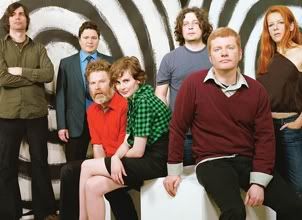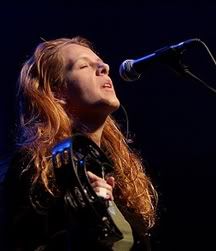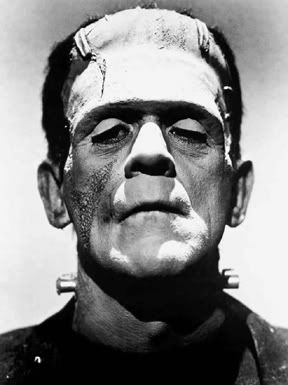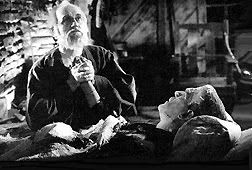Colin Hay Band, "Wayfaring Sons." (1990)
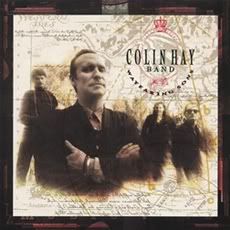
It's hard being perceived as a one-hit wonder. You put out an album, it does a zillion in sales, but you can never quite get that popular mojo back. Witness
Men At Work, the Aussie "Down Under" combo who were huge with
"Business As Usual" in 1982, but kind of gradually faded away within a couple years. But for those who were fans, lead singer
Colin Hay has actually done some pretty interesting work since then. He did two more Men At Work albums, mild hit
"Cargo" and the darker and quite underrated flop, now out-of-print
"Two Hearts." Then the band broke up and he went solo.
I've enoyed Hay's solo career intermittently -- he's written some beautiful, laid-back tunes, although many of his albums seem to contain an awful lot of filler in between the gentle gems. (Lately he's taken to doing "unplugged" version of many of his old Men At Work songs which are pretty to listen to but lack much in the way of novelty.) The sitcom
"Scrubs" used several of his tunes to give him a sort of comeback. But one disc I've always had a soft spot for is a fairly obscure one, 1990's
"Wayfaring Sons" by the
Colin Hay Band. I first heard this one in the waning days of my Men At Work fandom, and it always sparked in me a powerful feeling of wanderlust. Loosely it's a concept album about traveling the world, voyaging the seven seas, with several songs about leaving home and coming back again. It relies heavily on Celtic and folk sounds, giving it an almost Chieftains feel in spots. The instrumentation is lush and varied, not quite as monotonous as the more acoustic style Hay uses these days, and his husky voice is in fine form throughout.
"Wayfaring Sons" is definitely Hay's strongest collection of songs, with barely a duff move in the bunch. Lyrics of harsh oceans and stormy weather dot the tunes. The title song kicks off with a down-home violin, a bustling night out --
"I duck into this public house / and get shattered by the din" -- and the singer upping stakes and sailing across the sea.
Hay's songwriting here has always felt very evocative to me, sketching in a few telling details with the lyrics and the very full, pub band meets world music feeling.
"Into My Life" is a charming little love tune that captures a relationship in all its passion and frustration --
"We drink until we get too tired / Even though you try to dance for me / I still can't light up your fire." "Dream On (In The Night)" or
"Not So Lonely" are fairly conventional torch songs but it's the purring warmth of Hay's voice that makes them soar and little touches like the chanting Gaelic backing chorus on "Not So Lonely." A marvelous jangly mandolin and soaring chorus on the anthemic album closer
"Ya (Rest In Peace)" bring us back to where we started, back to the bustling public house that we heard in the opening tune.
It may not quite be a hidden masterpiece, but "Wayfaring Sons" is my favorite of Hay's solo discography by a long shot, and kind of nearly makes for a "lost" Men At Work record. Hay may be a 'one-hit wonder' to much of the public at large, but I've enjoyed many of his songs over the years. It's one I like to spin on occasion and think of foreign seas.
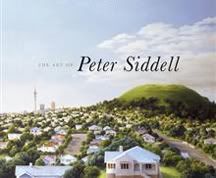 1. This is super-duper cool, and it's great to see my father-in-law Sir Peter Siddell's art career anthologised in one huge hefty package, coming in early 2011 -- I've seen the proofs and the book looks fantastic!
1. This is super-duper cool, and it's great to see my father-in-law Sir Peter Siddell's art career anthologised in one huge hefty package, coming in early 2011 -- I've seen the proofs and the book looks fantastic! 
